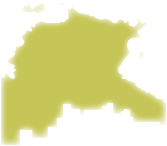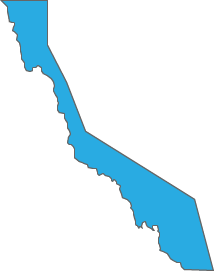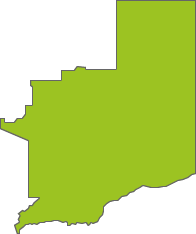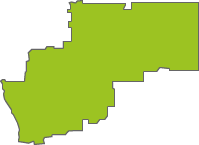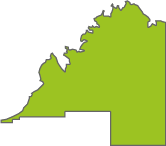Announcements
5 May 2025
Hello NatureMaprsAs we move into the cooler months and sighting counts begin to wind down our team has been working tirelessly to ensure our platform’s usability and performance. All merch has been po...
Continue reading
Improvements to data import tool (coming soon)
NatureMapr welcomes Edgar McNamara
Platform wide attribute changes
New Feature: Moderator Quick Responses!
Discussion
DonFletcher
wrote:
4 hrs ago
Hi @Bidge, you can diagnose a dingo kill by skinning the carcass to expose bruising from bite marks. Failure to remove the skin is likely to lead to mistaken verdicts about cause of death. I am used to kangaroos rather than a wallaby, so the following needs adaptation to this species. I found large male kangaroos had extensive damage to the rump, and lower back. Sub adults typically had a single bite to the upper back which typically broke some ribs. The broken ribs usually punctured the lungs or major blood vessels so the chest cavity was full of blood. Eagles also kill macropods. In that case there is talon damage around the head and puncturing of the cranium.
Wallabia bicolor
donhe
wrote:
5 hrs ago
White band too narrow for G. mesodesma ? Also no white spots on forewing hind-margin.
Unverified Concealer moth (Oecophoridae)
donhe
wrote:
5 hrs ago
Tarachota hemicosmana not in BOLD. How about Lobesia xylistis ?
Olethreutinae (subfamily)
Significant sightings
- Araujia sericifera at Kambah, ACT
- Aporocera rufescens at Rendezvous Creek, ACT
- Polygonum plebeium at Goulburn, NSW
- Berberis vulgaris at Campbell, ACT
- Asparagus asparagoides at Ainslie, ACT
- Arundo donax at Campbell, ACT
- Proteuxoa sp. 3 (MoV, Part 9) at Harrison, ACT
- Androchela newmannaria at Crowther, NSW
- Ventopelita leucocheilus
- Tinocallis ulmiparvifoliae at Melba, ACT
Recent activity
Wallabia bicolor at Burrinjuck, NSW
Epidesmia tryxaria at Bolivia, NSW
Top contributors
- AlisonMilton 16.1K
- trevorpreston 15.5K
- Hejor1 12.5K
- Tapirlord 11.5K
- MichaelBedingfield 10.7K
- RodDeb 10.2K
- Mike 9.9K
- kasiaaus 9.6K
- ConBoekel 8.7K
- KylieWaldon 8.2K
Top moderators
- MichaelMulvaney 56.1K
- Tapirlord 39.2K
- MichaelBedingfield 22K
- Liam.m 19.5K
- donhe 17.4K
- natureguy 15.6K
- ibaird 14.8K
- AlisonMilton 10.8K
- MatthewFrawley 10.3K
- BettyDonWood 8.2K
Explore Australia by region
Australian Capital Territory
Canberra & Southern TablelandsNew South Wales
Southern HighlandsAlbury, Wodonga
Canberra & Southern Tablelands
South Coast
Greater Sydney
Hunter Region
Central West NSW
Riverina Murray
New England
Far West New South Wales
New South Wales North Coast
Northern Territory
Top End and Big RiversCentral and Barkley

























![Unverified Cap on a stem; gills below cap [mushrooms or mushroom-like] at Belconnen, ACT - 7 May 2025 by kasiaaus Unverified Cap on a stem; gills below cap [mushrooms or mushroom-like] at Belconnen, ACT - 7 May 2025 by kasiaaus](https://api.naturemapr.org/api/sightings/4667910/images/1?width=300&height=300)












































































































